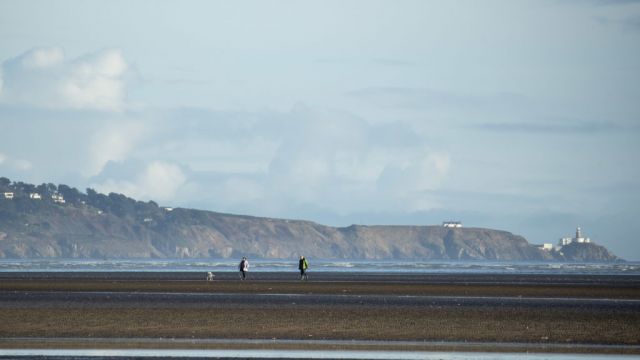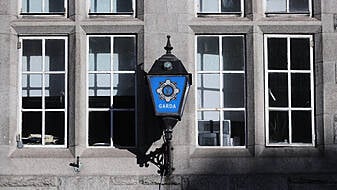Swimmers are being advised to avoid 17 beaches across the country due to poor water quality caused primarily by heavy rainfall.
Ten of the 17 beaches affected are in Co Mayo, two in Galway, one in Donegal and the remaining four are located in Dublin.
The Mayo beaches include Cross Beach Louisburgh, Tallaghbawn (White Strand), Portacloy Beach, Silver Strand, Old Head Beach, Clare Island, Carrowniskey, Dooega and Dugort Beaches on Achill Island and Carrowmore Beach.
Swimming is restricted according to the Environmental Protection Agency (EPA) beaches website due to the “risk of deterioration in water quality due to” heavy rainfall.
The official bathing season runs from June 1st to September 15th annually.
Water is tested for two types of indicator bacteria, e-coli and intestinal enterococci. Results are graded as excellent, good, sufficient and poor.
The beaches affected in Galway are in Clifden, Trá na mBan in Spidel and Lady’s Bay in Buncrana Donegal. The four restricted Dublin beaches include Sandymount Strand, Merrion Strand, Balbriggan Front Strand Beach and Loughshinny Beach.
A swim restriction applies at Loughshinny Beach, Balbriggan Front Strand Beach for the entire season as there was poor water quality following last year’s bathing season.
Sandymount Strand restrictions are based on the 2020-2023 bathing assessment, and is classified as poor for the current season. The EPA said a “temporary restriction needs to be applied to prevent exposure of bathers to pollution.”
Merrion Strand also has a swimming restriction for the entire year due to the deterioration of water quality, as does Galway’s Clifden Beach while Trá na mBan is restricted for this bathing season, as is Donegal’s Lady Bay.
Met Éireann highlighted that monthly rainfall totals across the country for June were below their 1981-2010 Long-Term Average (LTA). The percentage of monthly rainfall values ranged from 43 percent (monthly rainfall total of 35.1 mm) at Cork Airport, Co Cork (its driest June since 2018) to 94 percent (monthly rainfall total of 67.7 mm) at Finner, Co Donegal.
Rainfall associated with storms is becoming more intense and likely in many parts of the world due to global warming, according to researchers linked to World Weather Attribution (WWA), a group that includes Met Éireann.
The report shows that monthly rainfall totals ranged from 30.4mm at Dublin Airport, Co Dublin to 80.7mm at Newport, Co Mayo. The highest daily rainfall total was 23.1 mm at Valentia Observatory, Co Kerry on June 13th.
The number of rainy days ranged from nine days at both Roche's Point, Co Cork and Cork Airport to 23 days at Malin Head, Co Donegal. The number of wet days ranged from five days at Oak Park, Co Carlow to 16 days at both Newport, Co Mayo and Markree, Co Sligo.
The number of very wet days ranged from zero days at a few stations to four days at Newport, Co Mayo.
The Met Éireann report is based on available preliminary data from 25 principal weather stations operated by the national weather forecaster.







